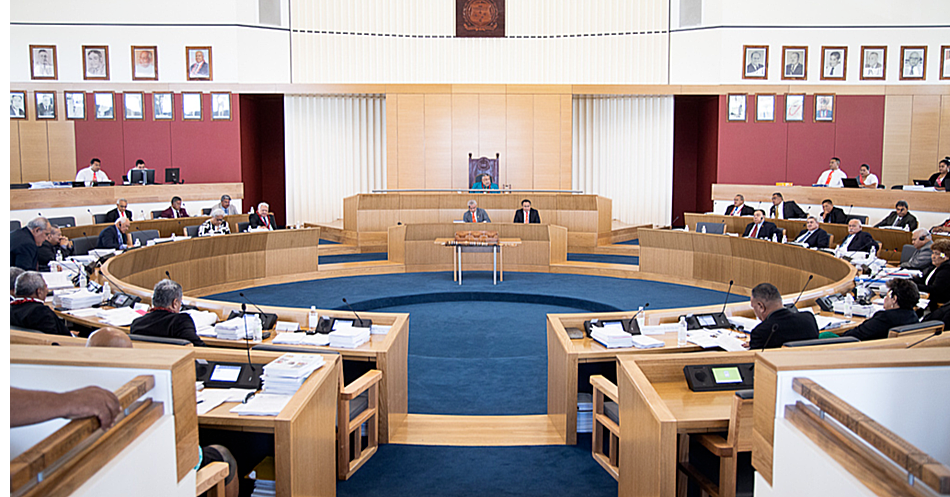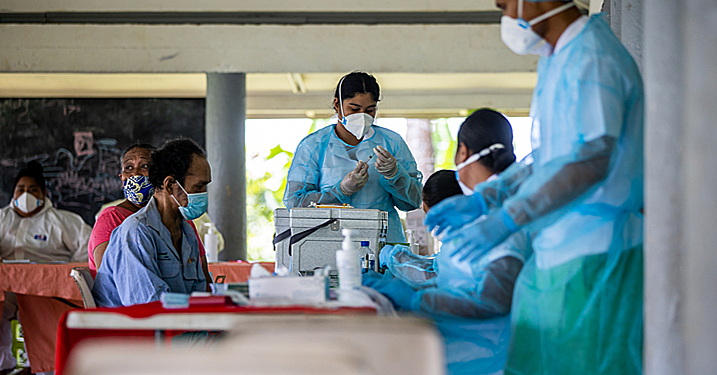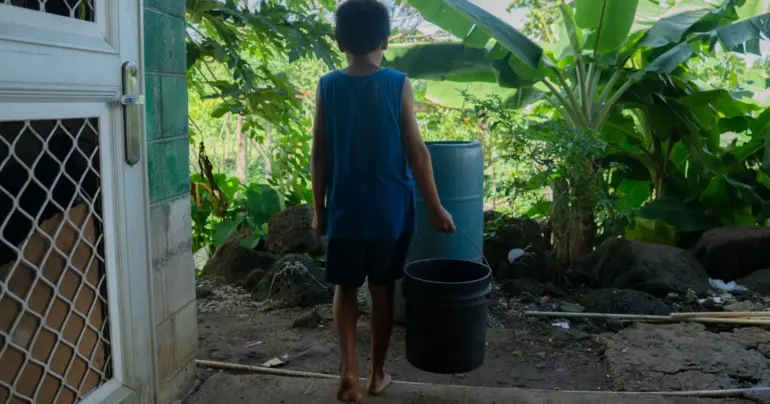It's about cyberbullying and not same-sex marriage
It seems most have not been able to capture the gist of the article titled ‘Proud gay couple fight cyberbullying’ published on Monday 11 March 2024. It seems the primary focus is still stuck on the fact that a man is marrying another man.
Ofisa "Tee" Toleafoa hails from the villages of Si'uniu Falealili and Si'ufaga Falelatai went public with his engagement to James Kounas. Both of them stay in New Zealand and the country's law allows for same-sex marriages.
That is not the issue here. It is cyberbullying. The many hundreds and perhaps thousands of people who like to hide behind their profiles, either fake or real and then commentate, pass derogatory remarks and undermine a legal right these two individuals have.
You may question why something that has happened in New Zealand is relevant to Samoa. It is because although the couple is based in New Zealand, the bullying is done by some members of the Samoan community from here and in New Zealand.
The couple feels that they are being bullied online because of their sexual orientation.
The Universal Declaration of Human Rights states that all human beings are born free and equal in dignity and rights, without distinction of any kind. Yet in all regions of the world, there are acts of violence and discrimination committed against individuals because of their sexual orientation.
This is exactly what is happening to the two. They have chosen to be expressive and open about their relationship, which is fine in the country they live in, but just because of his Samoan connections, many have granted themselves the right to bully the two.
Cyberbullying is not a very nice to do. The world we live in has been divided into two. The real world and the digital world. For the younger generation, most of their time is spent in the digital world and they have become so entwined in the world of social media that if they do not update their status, they feel a part of them is missing.
It is indeed sad how the future is moving but the fact is that it is moving that way. This means that more and more of our children are open to cyberbullying. Do not take this lightly.
In a real-world bullying situation, most incidents of bullying occur between the victim and a bully (or group of bullies) in school. These incidents can range from simple name-calling to more significant acts of bullying, such as rumour-spreading, harassment, threats, and incidents of physical harm. However, whereas victims of real-world bullying can be granted a reprieve when they go home, there simply is no escape from cyberbullying.
Cyberbullying doesn’t end when the school bell rings. It can continue at any time, throughout all hours of the night. It can come in the form of text messages, social media posts, chatroom messages, images and videos that have been altered, and many other digital forms.
Cyberbullying leaves little opportunity for victims to defend themselves. There are no teachers or parents to see what is happening and intervene to put a stop to it. Cyberbullying can also be anonymous, leaving the victim little recourse to even report the bully to an authority figure. Cyberbullying can showcase the incidents of bullying to hundreds, or potentially even thousands, within a short time using social media platforms.
If the victim does know who the bully is and chooses to block them on social media, the bully can simply create a new account. Or they can text, message, or use a friend's account. Kids today are extremely resourceful and savvy with technology. If they are intent on cyberbullying, there's not much a victim can do to stop them.
However, a recent study concluded that victims of cyberbullying are twice as likely to attempt suicide or engage in acts of self-harm.
The effects of cyberbullying also include mental health issues, increased stress and anxiety, depression, acting out violently, and low self-esteem. Cyberbullying can also result in long-lasting emotional effects, even if the bullying has stopped.
These effects of cyberbullying can result in enduring feelings of embarrassment. Online bullying feels more permanent, especially when it is performed through social media posts that don’t immediately disappear. It can lead to overwhelming feelings of exposure and distress.
Another side effect of cyberbullying is that the victims may be excluded by others who also fear cyberbullying if they continue to remain friends with the victim. This causes the victim to become isolated and ostracized, with no one to turn to at school or home.
It’s no surprise that one of the effects of cyberbullying is also anger. The range of emotions a victim may be feeling often devolves into anger. Some children may even begin plotting schemes of revenge, as has been evidenced in incidents of school shootings and other acts of aggression performed by bullying victims who couldn’t take it anymore.
The act of revenge also comes about as a way for a child to regain some sense of power because victims of cyberbullying often feel powerless to stop what is happening.
It is not as simple as someone has commented negatively on a post but something greater. The generation who are parents of teenagers may not be able to understand this but educate yourself, so you can stop this from happening to your child or better still stop your children from becoming one.











